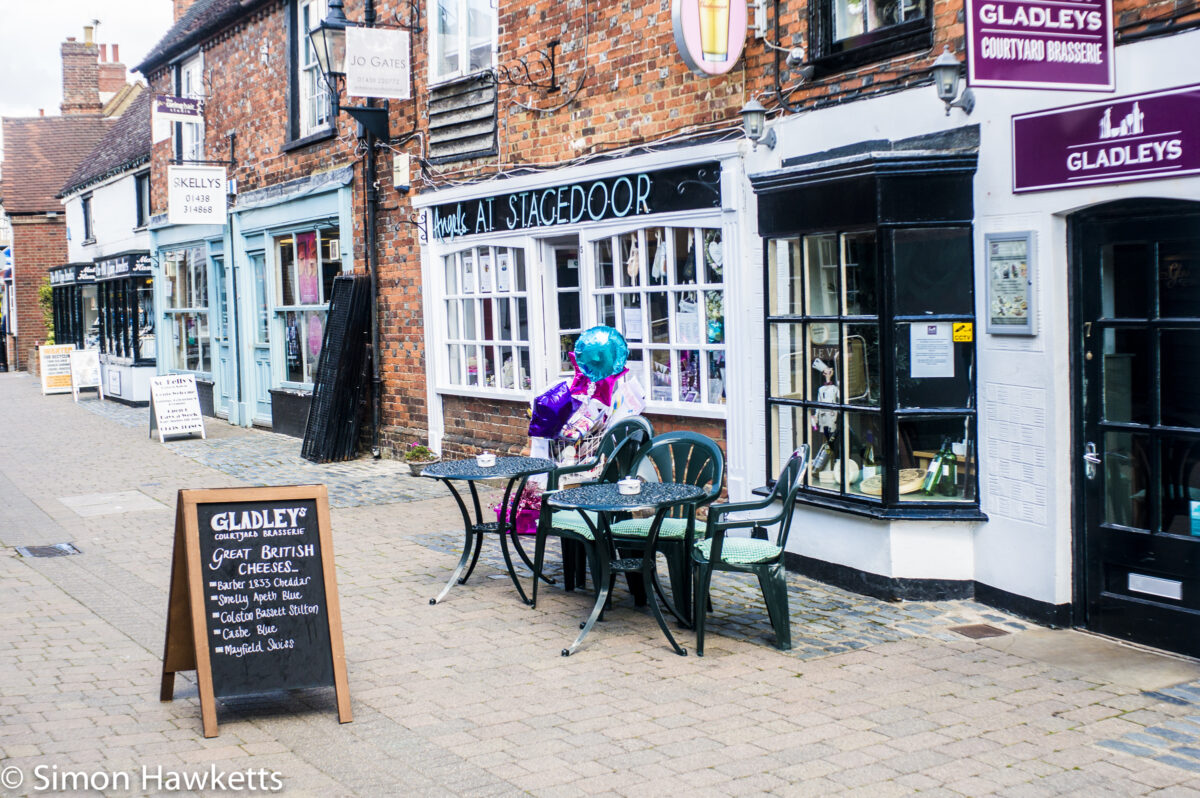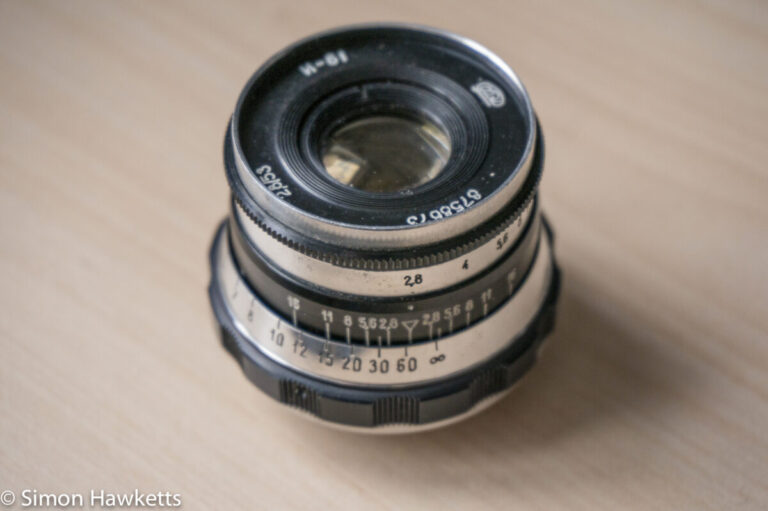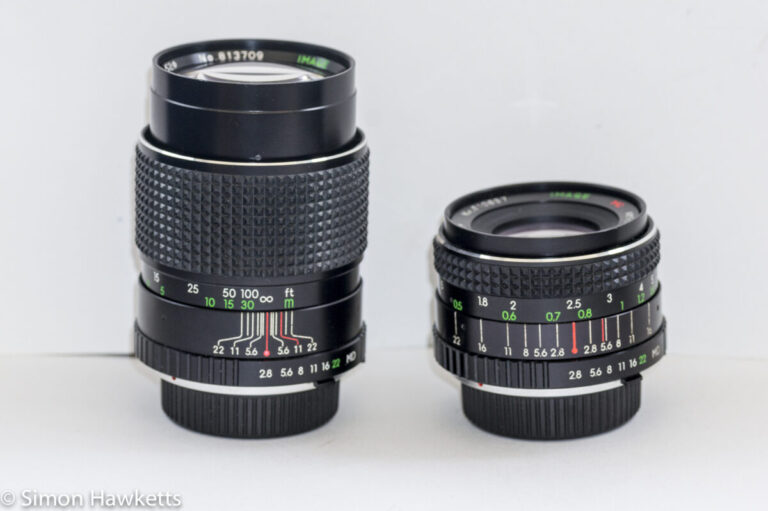Meyer-Optik Lydith 30 mm f3.5 on Sony NEX
This is a short review of the Meyer-Optik Lydith 30 mm manual focus lens on a Sony NEX 6 mirrorless camera. First here are some pictures of the lens
Meyer-Optik Lydith Images
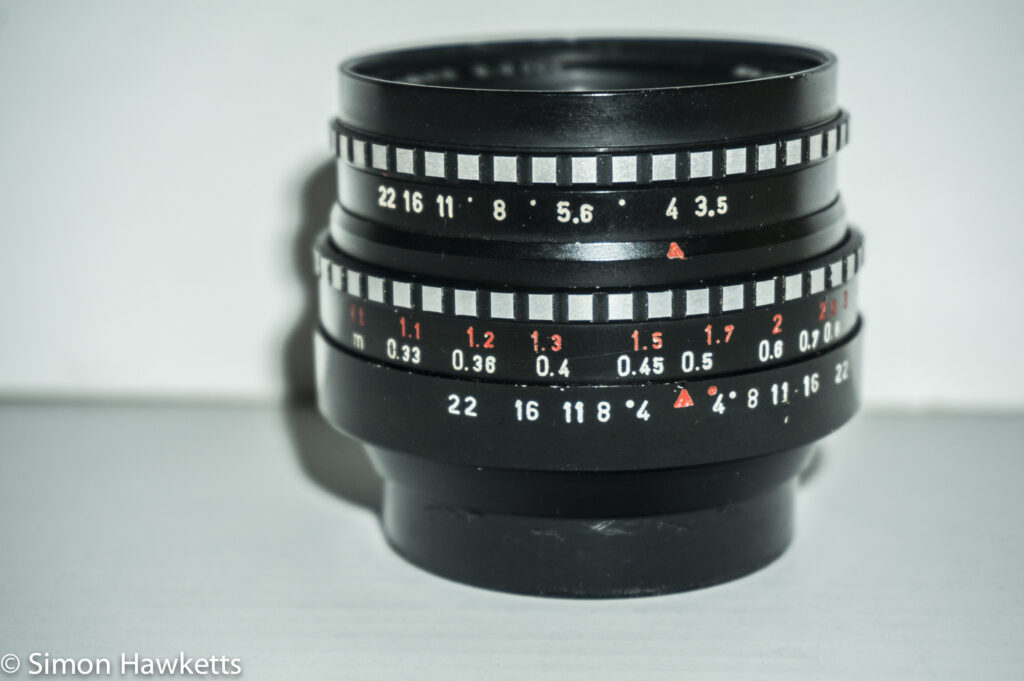
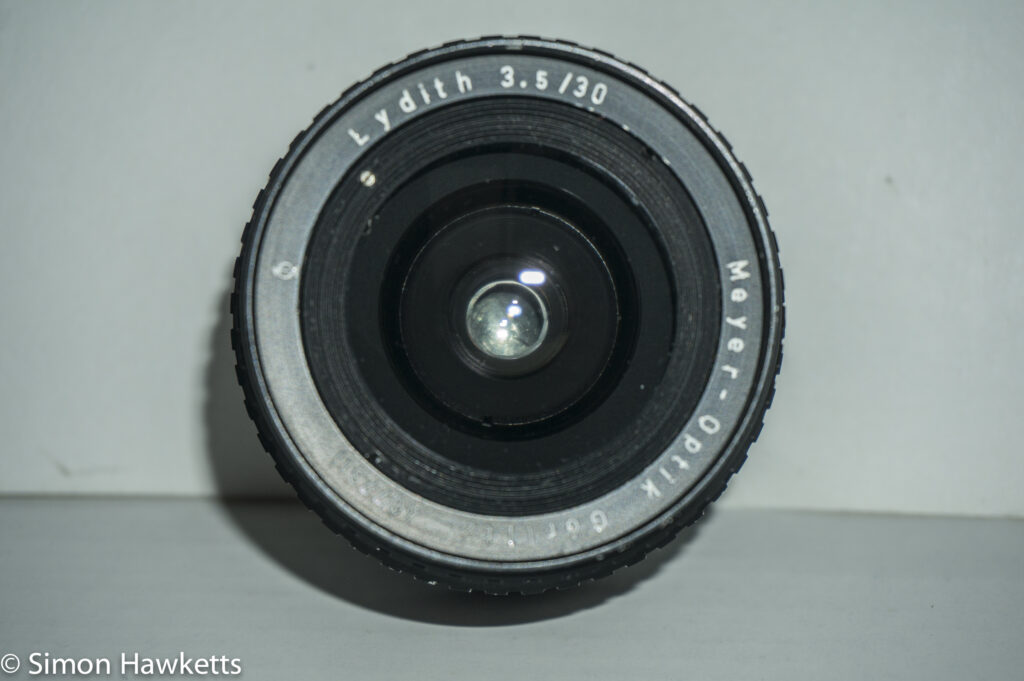
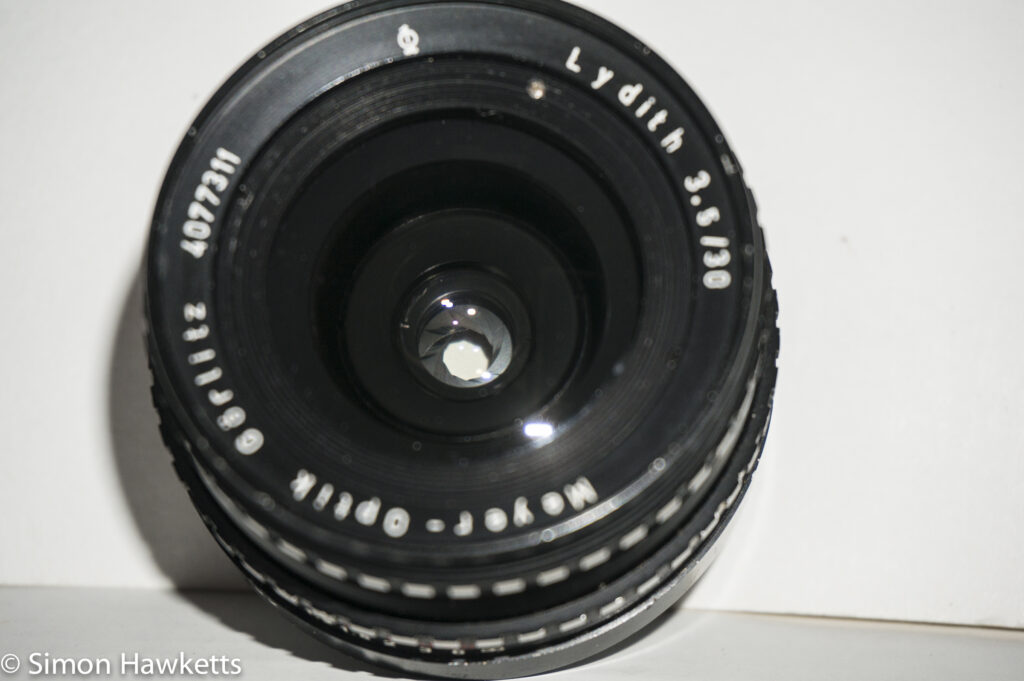
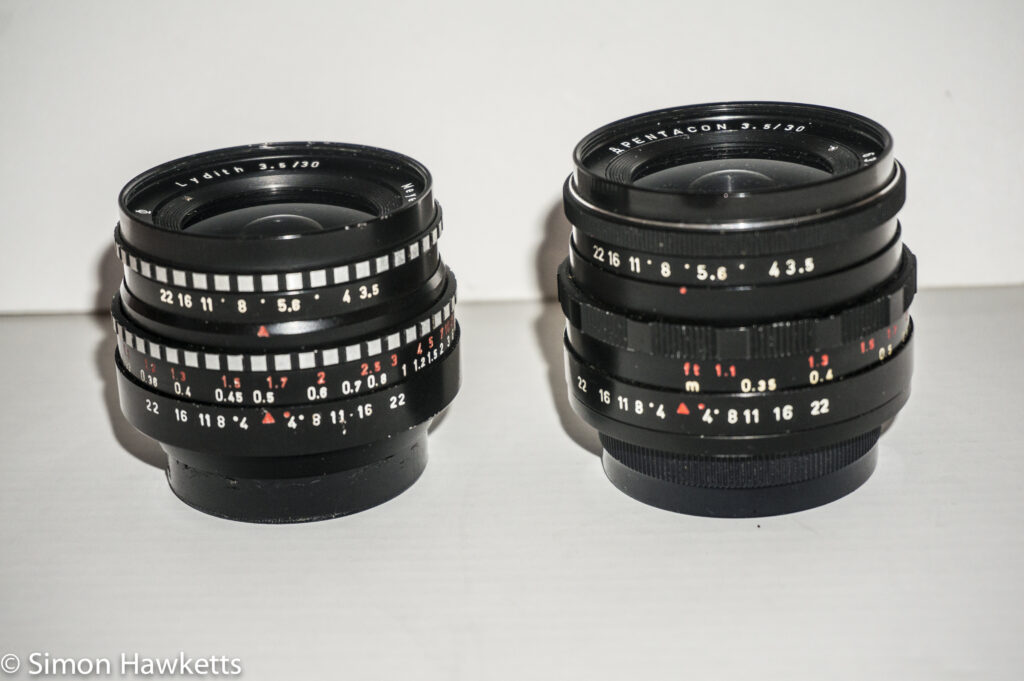
I bought this lens from eBay for £25 which I consider to be a bit of a bargain. I have seen these lenses for up to £60, so I was amazed to find this one for only £25 in a ‘buy it now’ sale and snapped it up at once. In fact a few months ago I almost bought one in a local second hand shop when I found it for £35, but I wasn’t sure if that was a good price or not and by the time I’d been home and checked it was too late – next time I visited the shop it had been snapped up! If you are impatient to see how it performs, fast forward to the sample images at the bottom of this post.
History would suggest that in essence this is the same lens as the Pentacon 30mm f/3.5, because the Lydith was the original lens which became the Pentacon 30 mm as various camera manufacturers were merged together by the East German government in the 1960s.
As someone who owns a copy of both lenses, I can report that this lens is certainly not physically the same as the Pentacon. It is slightly smaller, and the internal arrangement must be a bit different because the screws which hold the base of the lens in place are in a different position on the bottom of the lens. For that reason, I’m quite interested to see if this lens has significantly better or worse performance than the Pentacon. The Lydith certainly commands a greater price than the Pentacon, which in my case I paid £7 for.
The basic spec of the lens is as follows:
- Focal length 30mm
- Equivalent focal length on Nex 45mm
- Maximum aperture f/3.5
- Minimum aperture f/22
- Minimum focus 1.0 M
- Aperture 10 blade
- Aperture operation pre-set
- Aperture control – no click stop continuous
- Mount M42 (Exakta also common)
This is a pre-set lens, which means manual control with a stop ring which can be set limit the aperture. This operation mode comes from the time before cameras had any mechanism for controlling the iris in the lens, so the pre-set was developed to allow the photographer to set the aperture stop to the correct setting obtained with a light meter. Then, without taking their eye from the camera, the lens could be opened fully to focus and once focus was achieved the lens could be stopped down to the pre-set aperture. In operation on my NEX 6 I just leave the pre-set set to f/22 which allows me to fully adjust it.
In use the focus ring on my example is a little too stiff to be easy to use. Interestingly, the Pentacon equivalent of this lens feels exactly the same so possible there is more similarity in the design than I thought. Other than that it’s a very simply lens to use.
I tend to use Shutter priority on my NEX with these manual lenses so that I can control the shutter speed with the thumb dial, the aperture with the ring on the lens and let the auto ISO in the camera get the exposure right. Since I can see all the information in the viewfinder and also view the level of depth of field and whether I need to apply exposure compensation (all advantages of an EVF) this makes it a simple photo taking procedure.
Macro and Closeup
Although this lens is not a macro lens it can be used to take close up pictures, and with the addition of a short extension tube can also take macro pictures. Although this technique is not idea it is capable of achieving some pleasing pictures. All the pictures in this gallery are taken at f/3.5 with the Meyer-Optik Lydith.




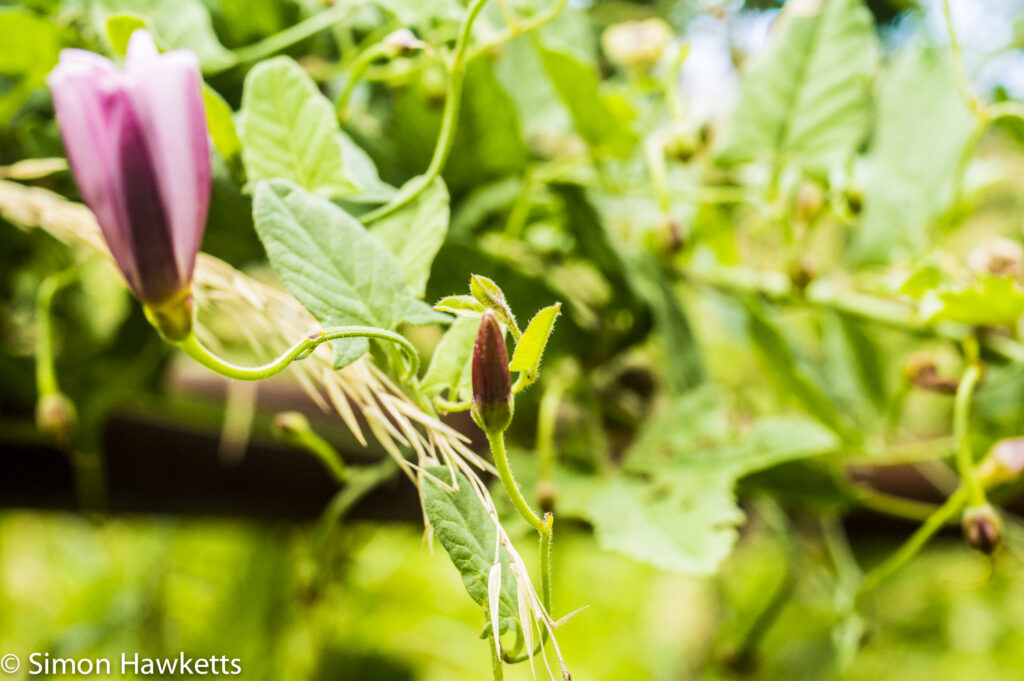
Meyer-Optik Lydith Video sample
I took a short video clip using the lens just to see what the video performance is like. This is shot at f/8 hand held.
Meyer-Optik Lydith General picture album
The following are some general pictures which I took around Stevenage today just to show off what the lens is capable of. These were all processed using my normal post-processing workflow in Lightroom
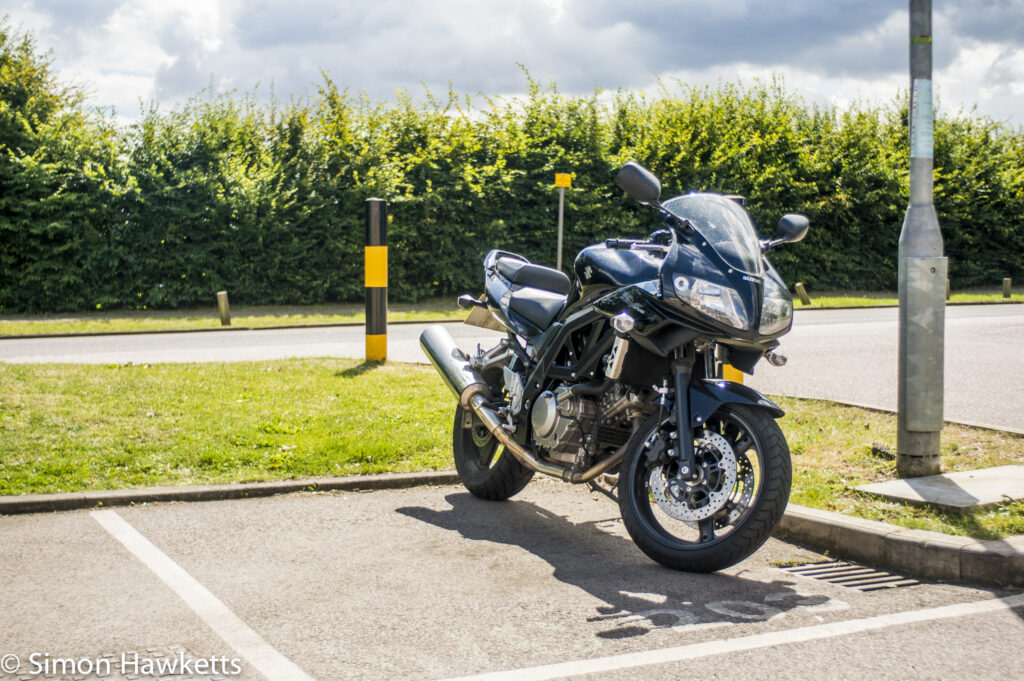
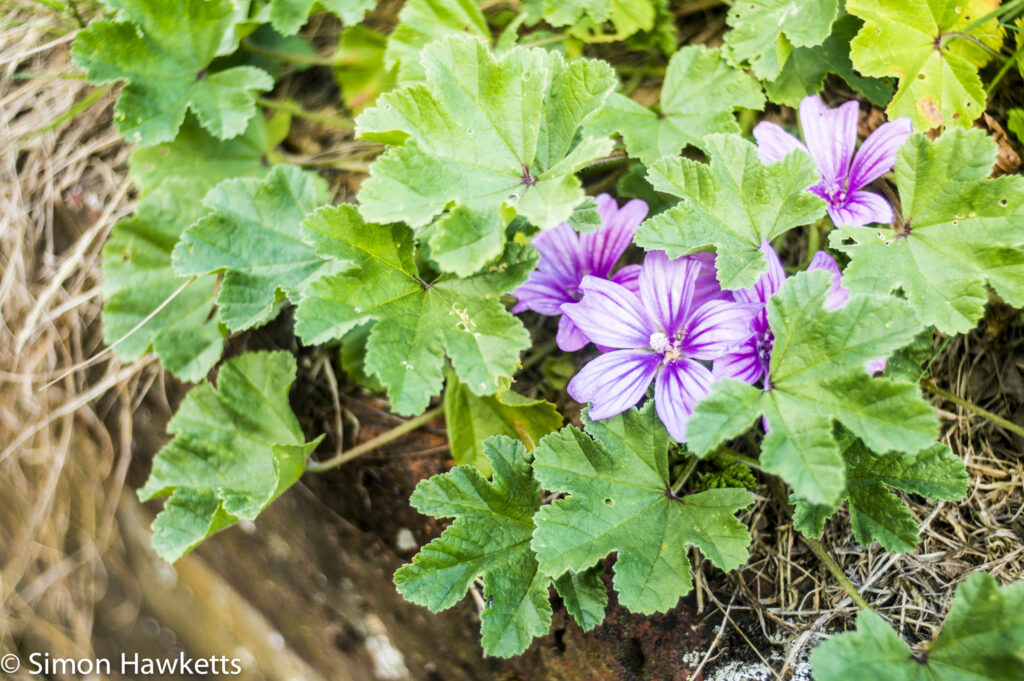
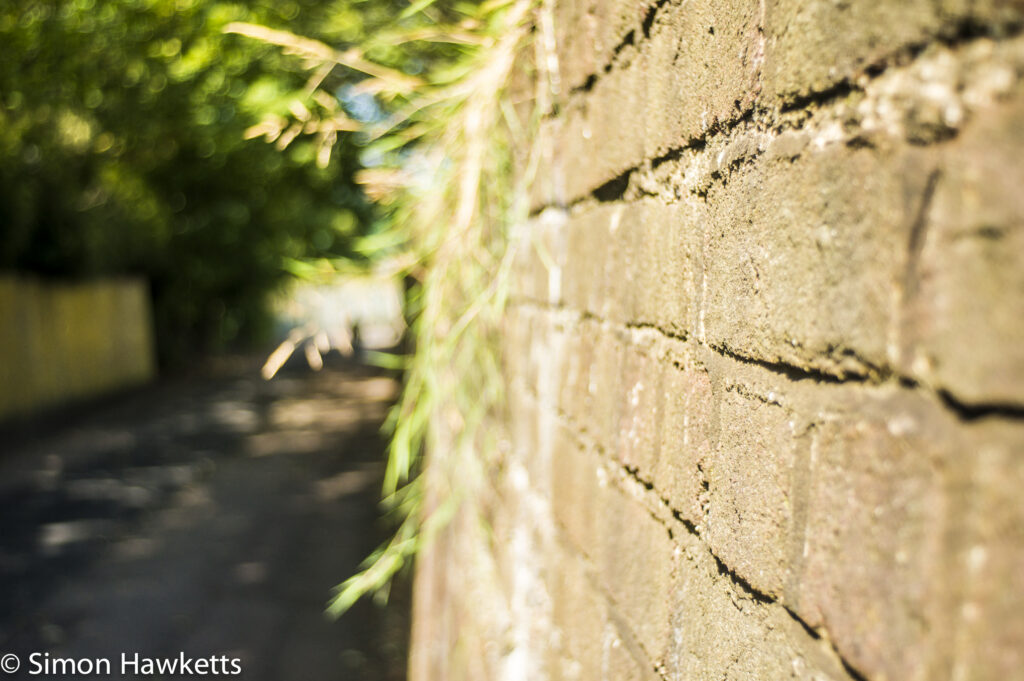
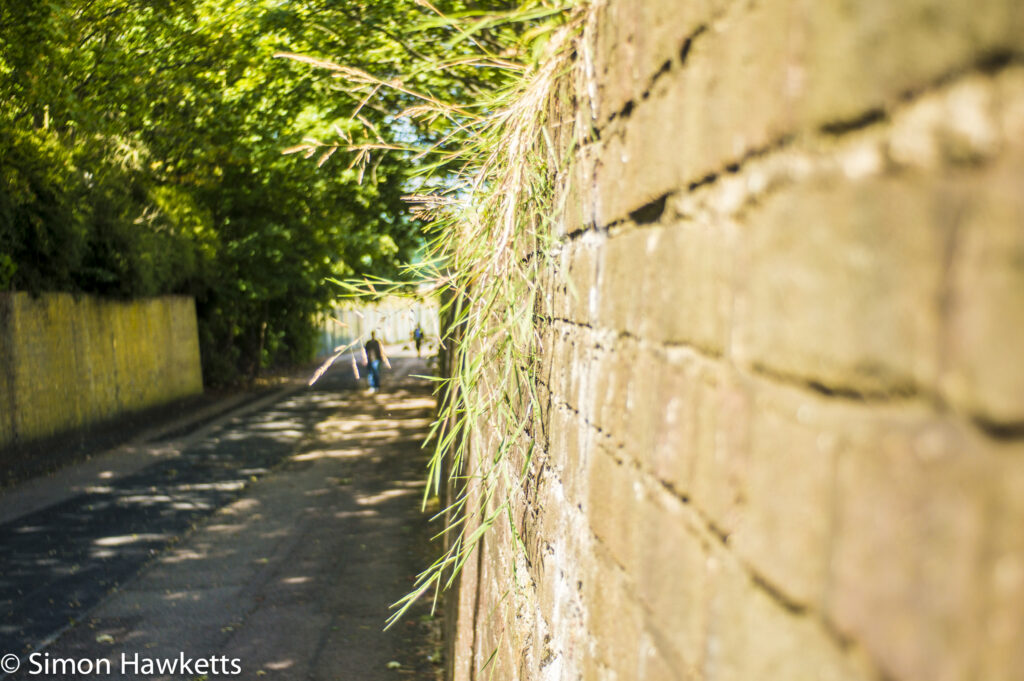
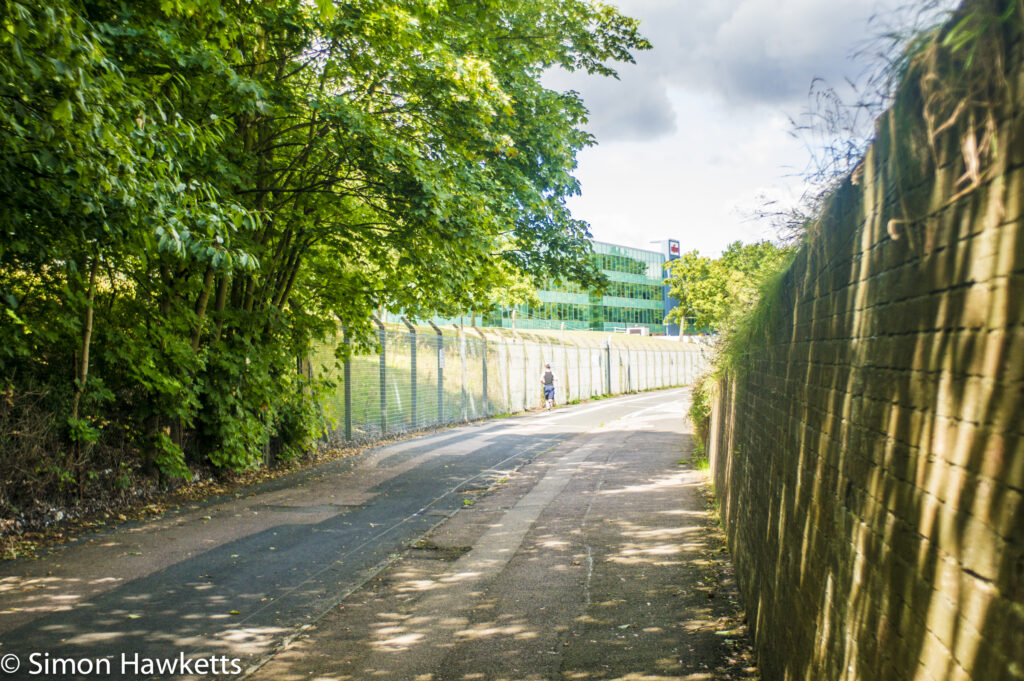
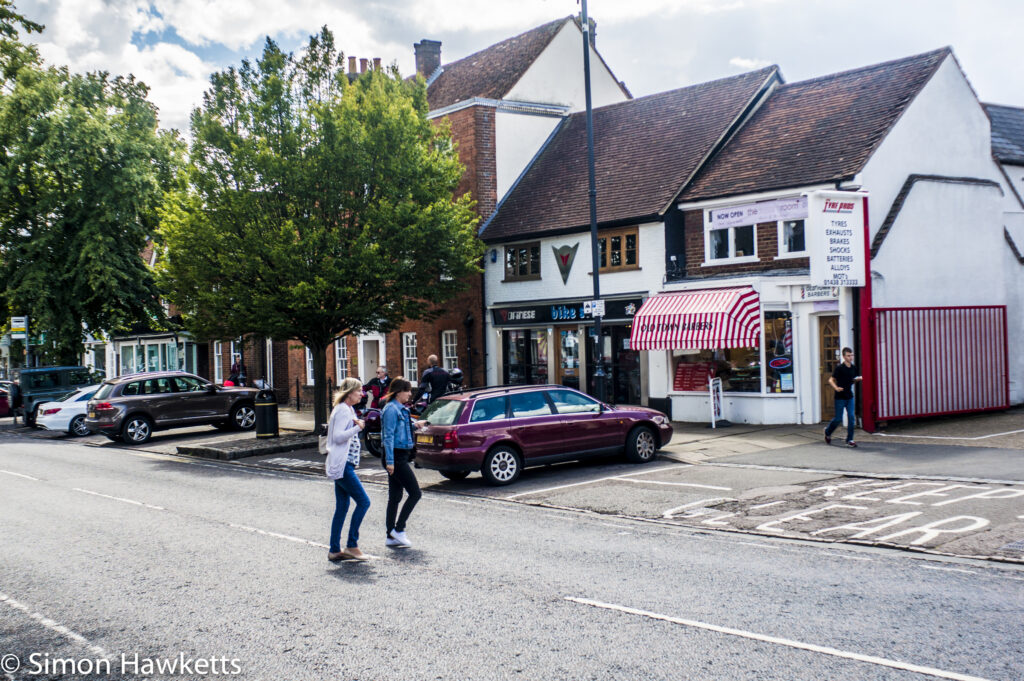
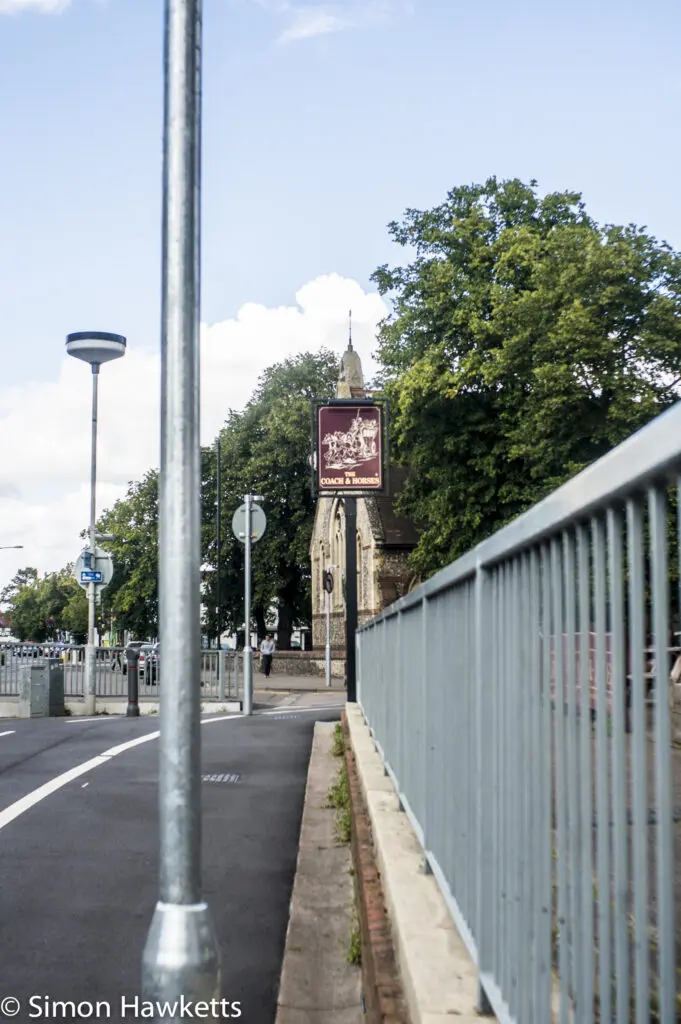
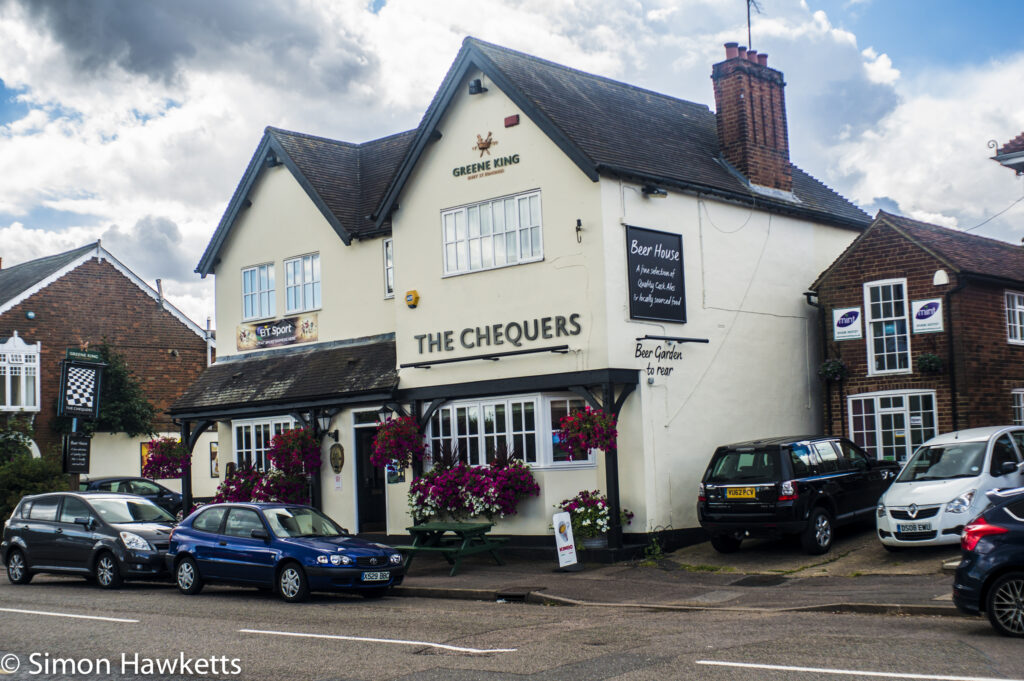
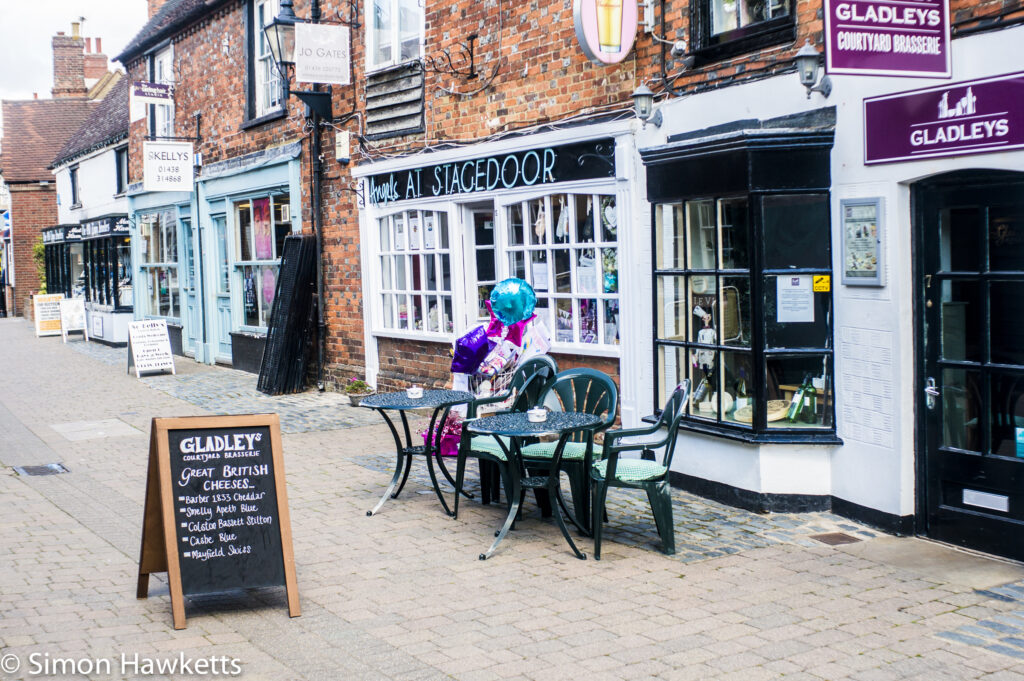
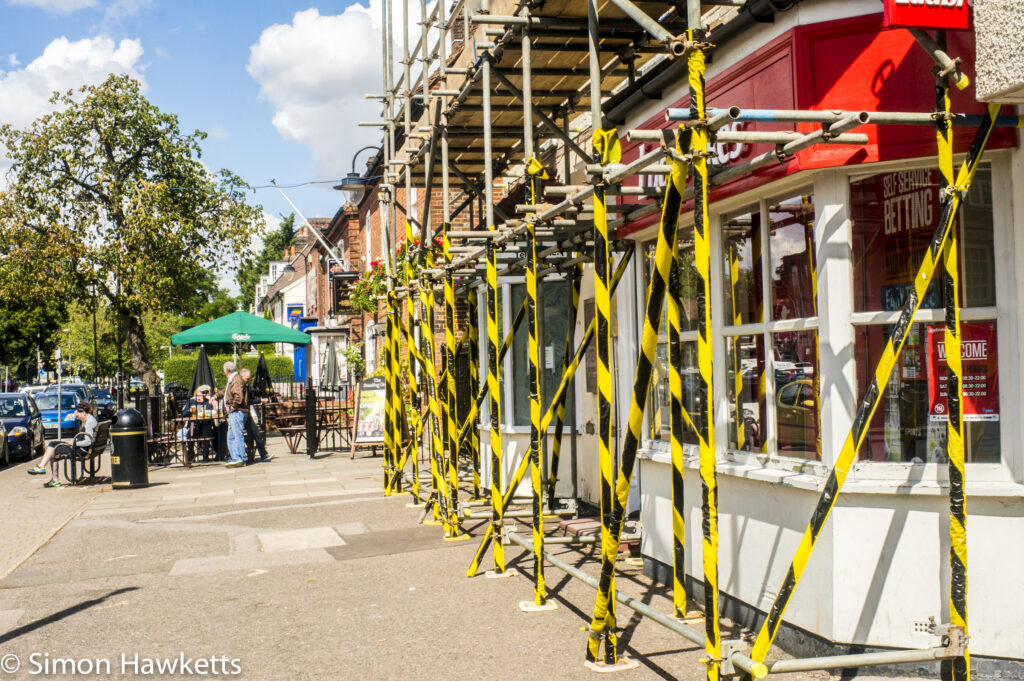
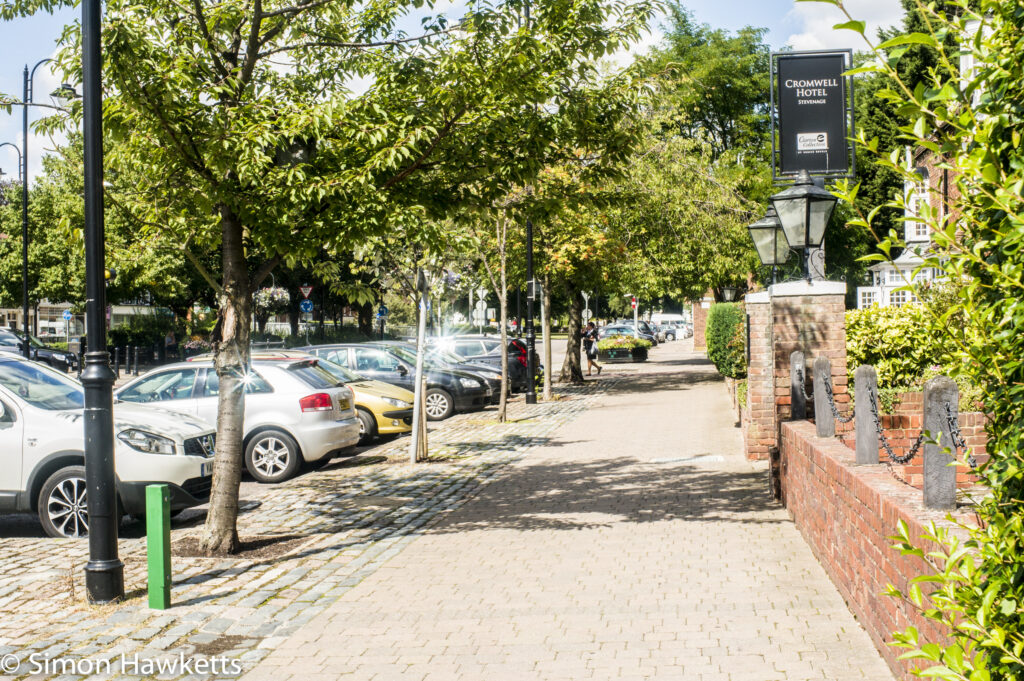
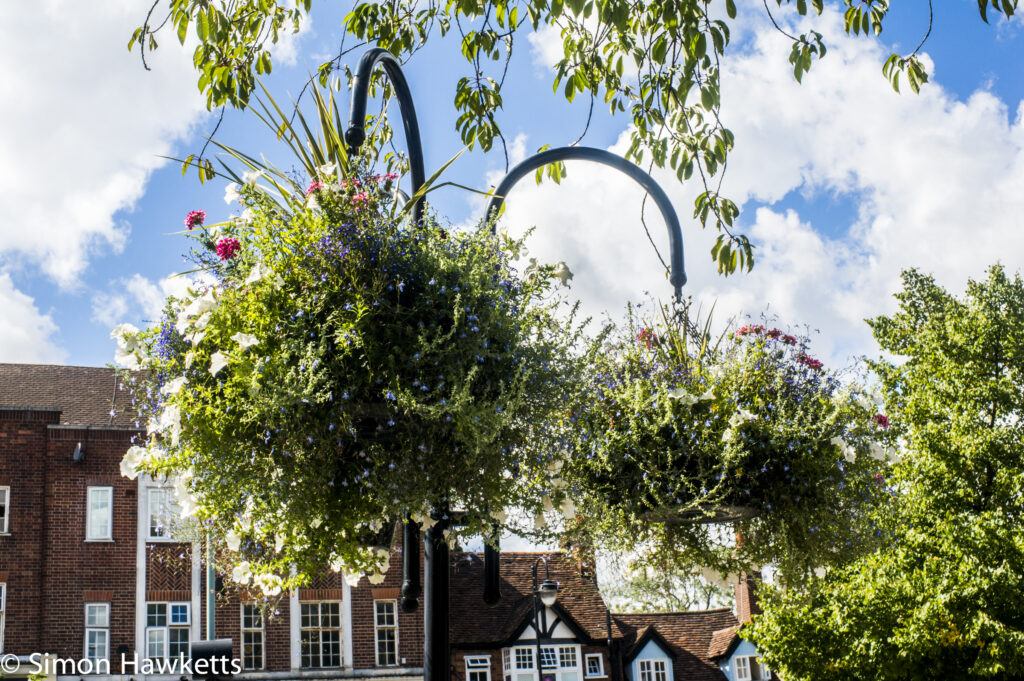
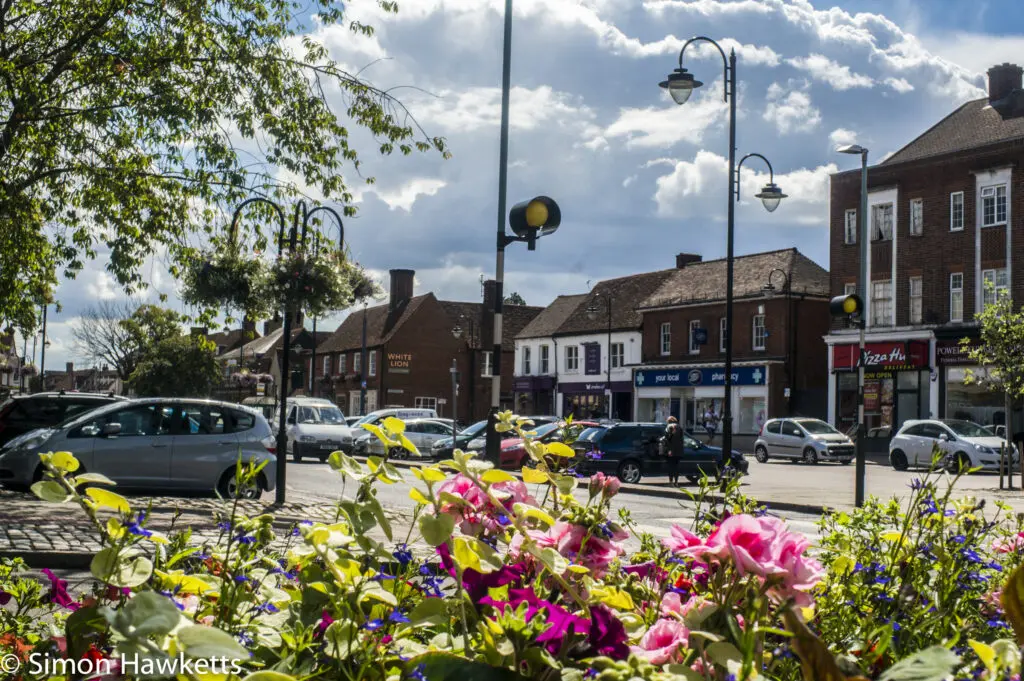
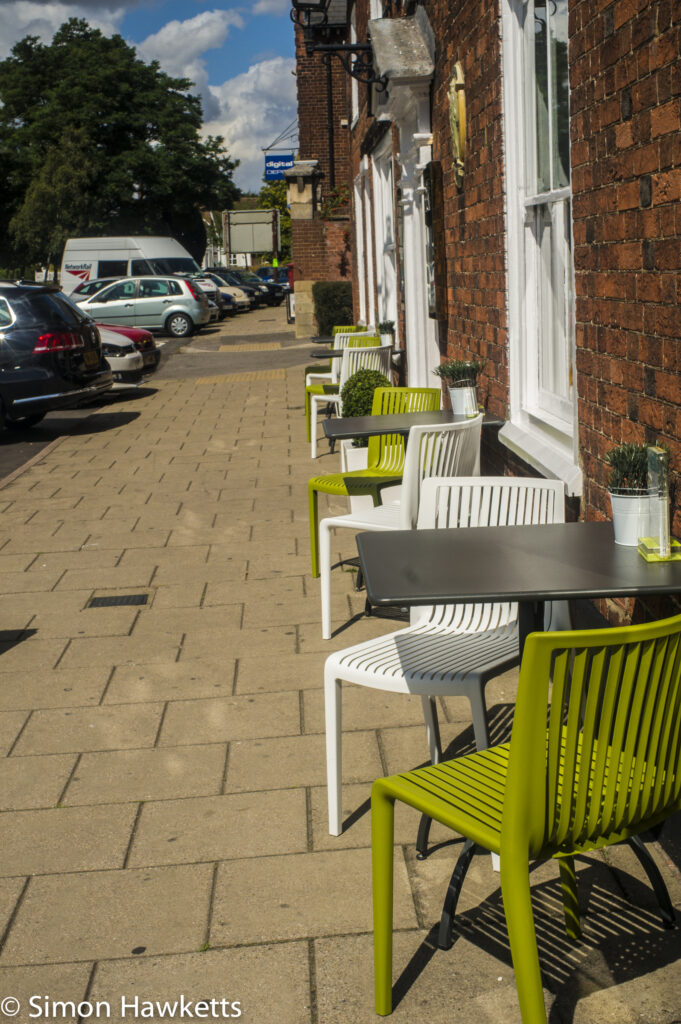
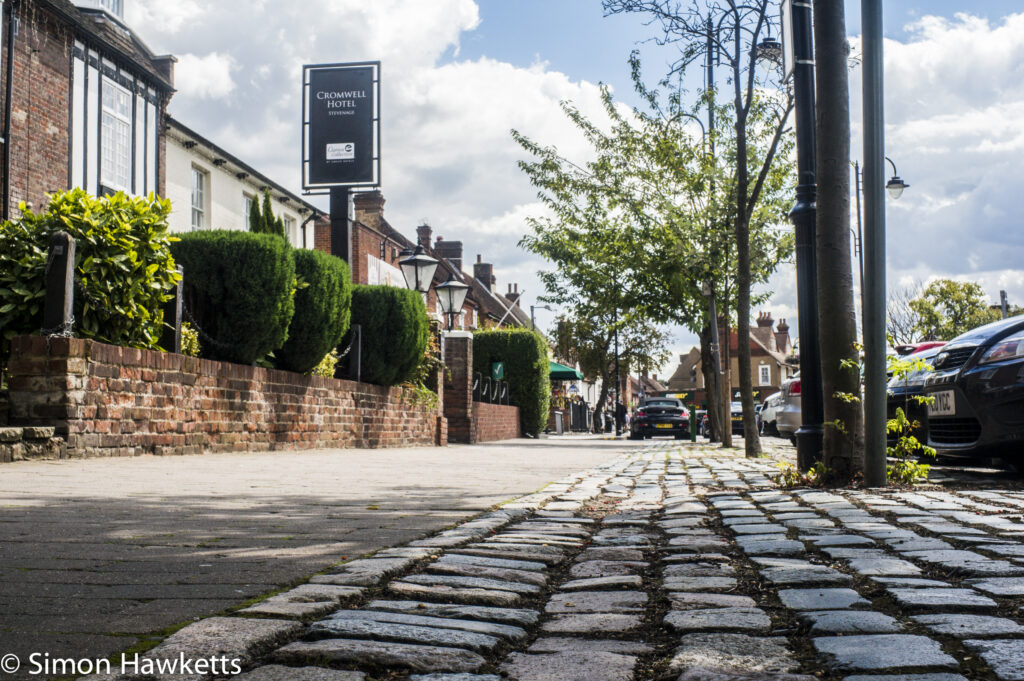
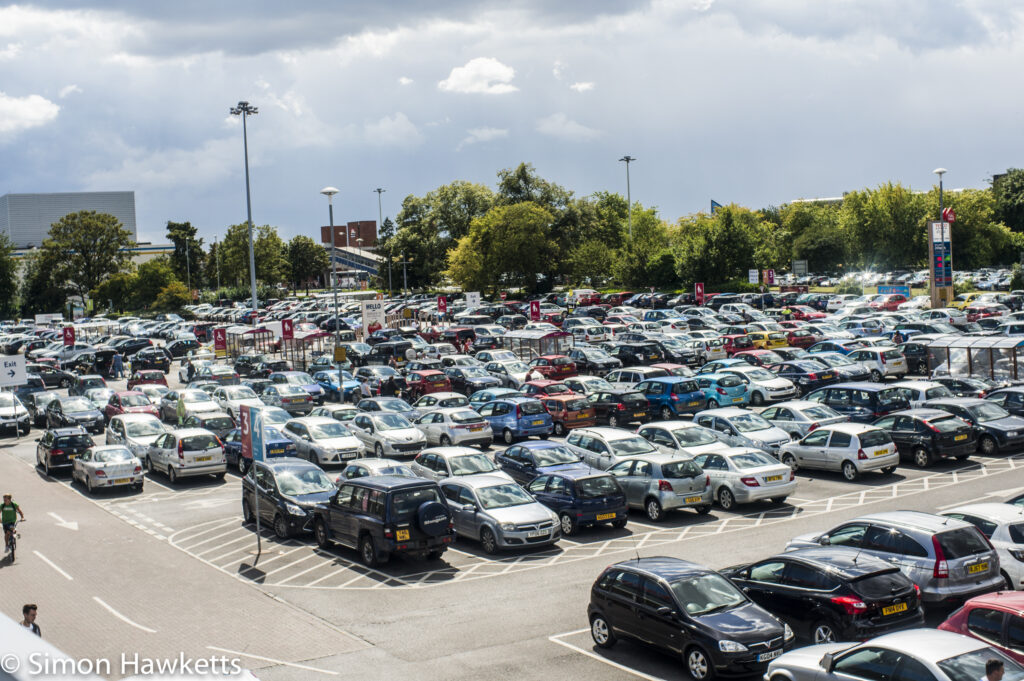
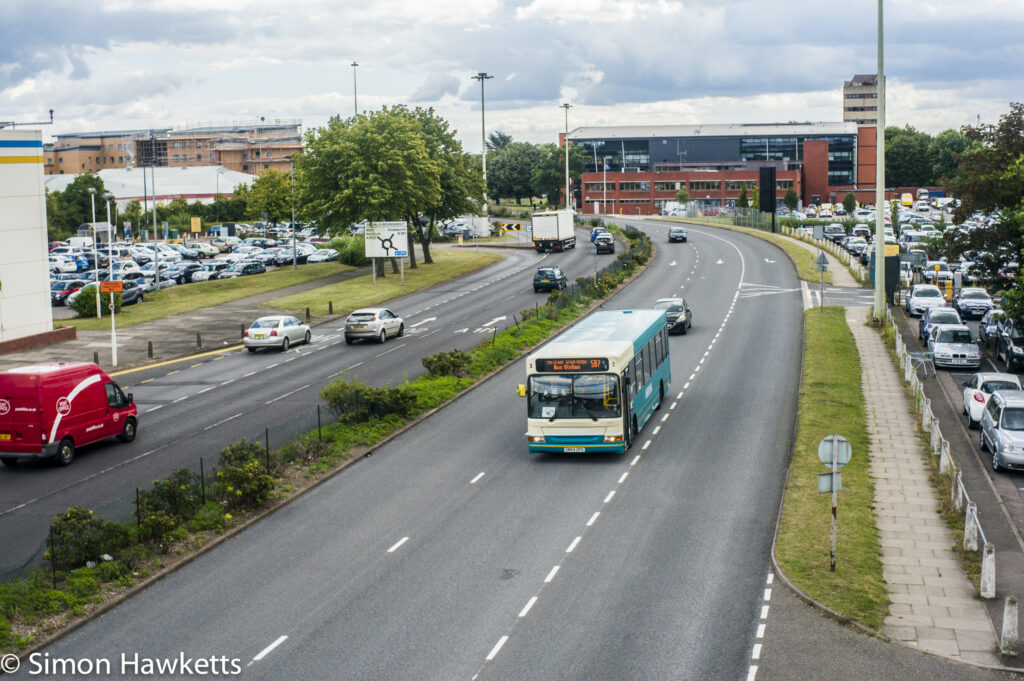



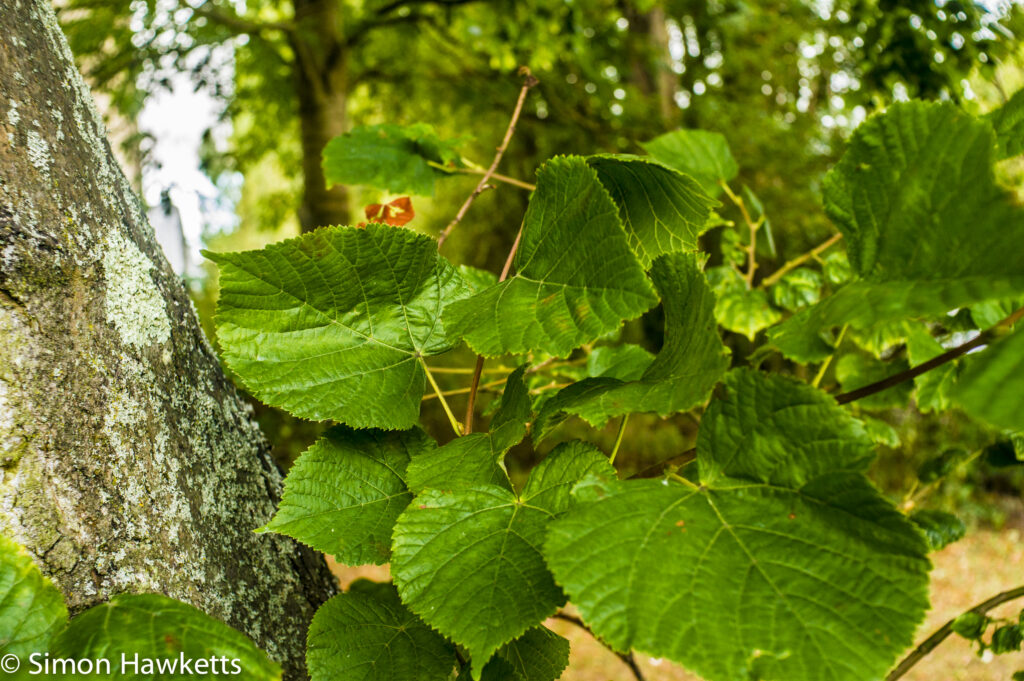
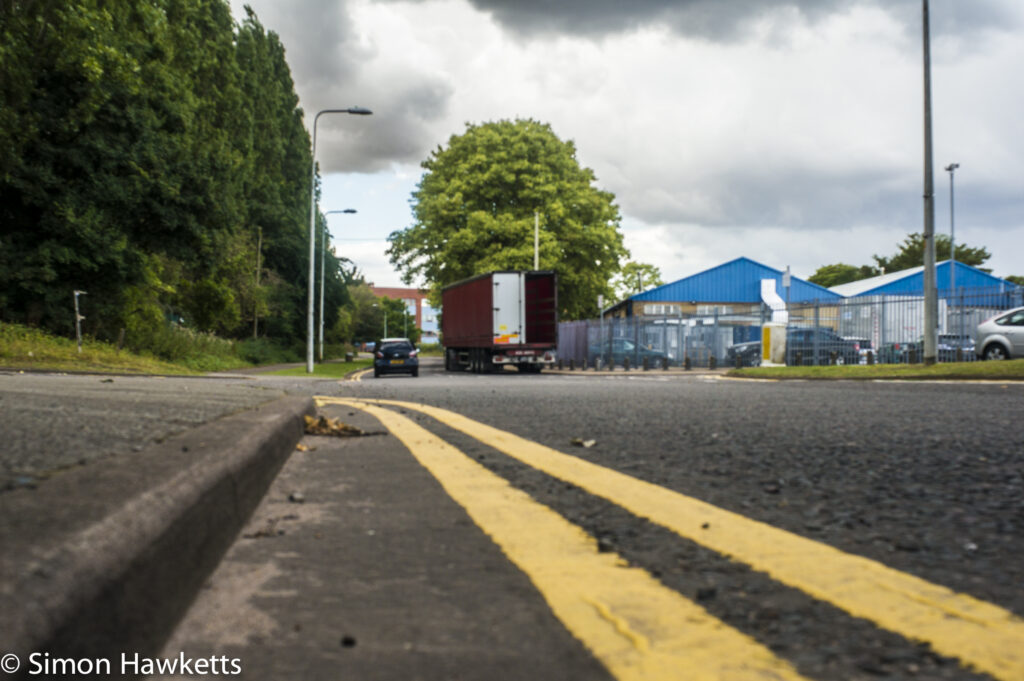

So all in all I’m quite pleaded with the results I’ve been able to get with this lens.
There is a little fall off in quality towards the edges when used fully open, but when it’s stopped down to f/8 this is a pretty detailed lens. If you want to compare it to the Pentacon 30 mm f/3.5 the review of that lens is here.
Personally I think the Meyer-Optik has a bit more ‘pop’ than the Pentacon and is closer in quality to the Takumar 28 mm lens which I use in my normal photography kit. Obviously it has its limitations because it isn’t a fast lens, well for a prime anyway, but as a general walk about lens with a widish standard focal length it’s pretty good.
From Camera JPeg
I know some people don’t use post-processing software and like to see the performance of the lens without enhancements, so I’ve included a gallery below of all the pictures in this post straight from the camera. The camera was set to creative style ‘standard’.
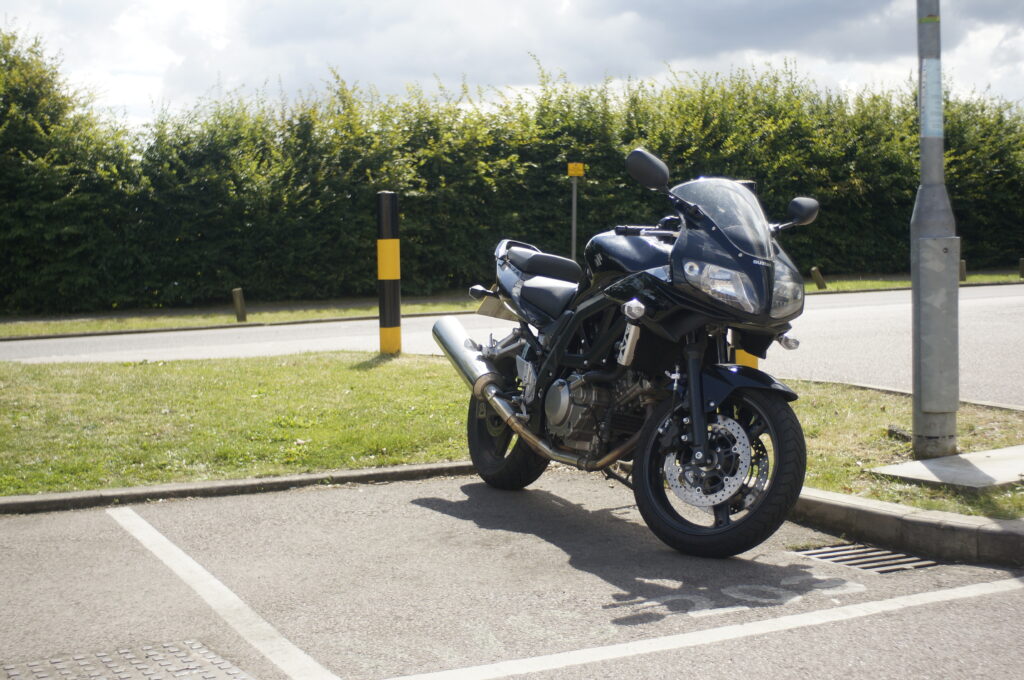
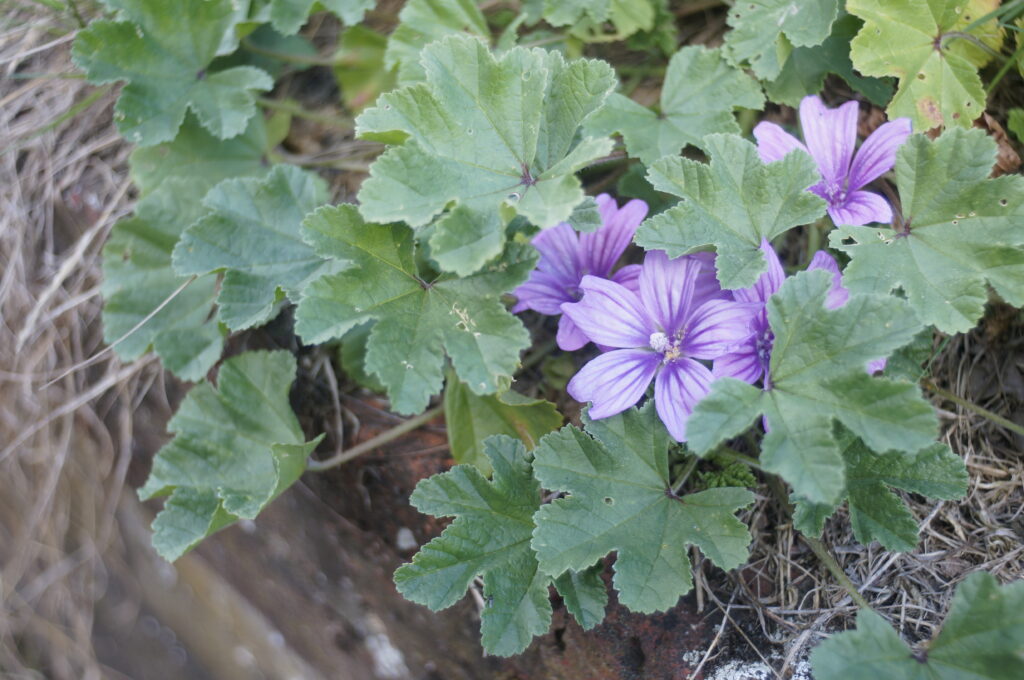
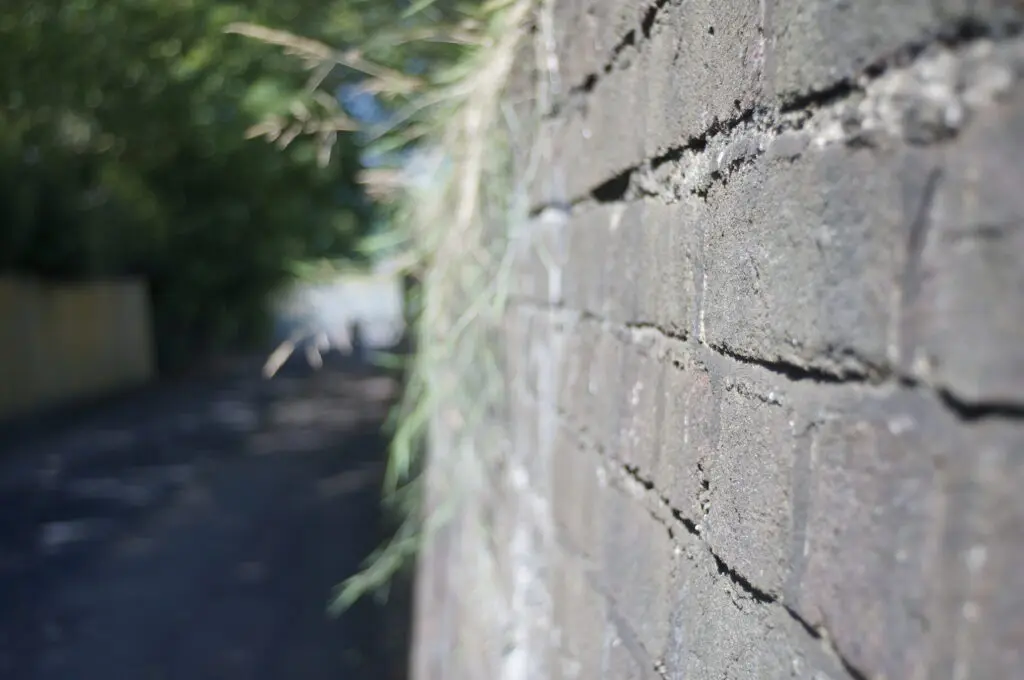
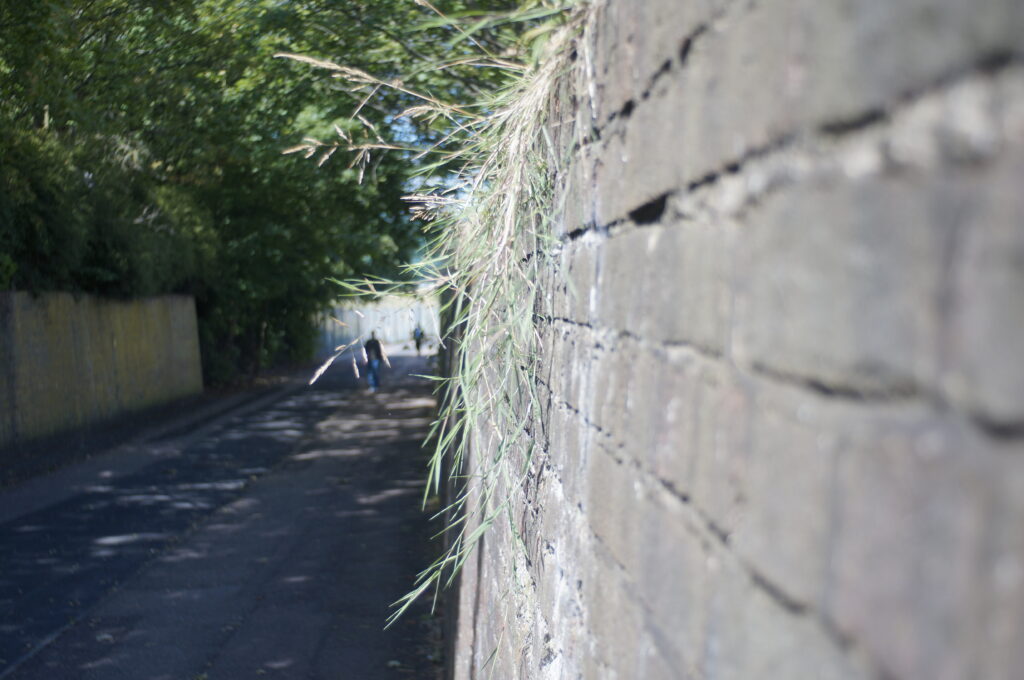
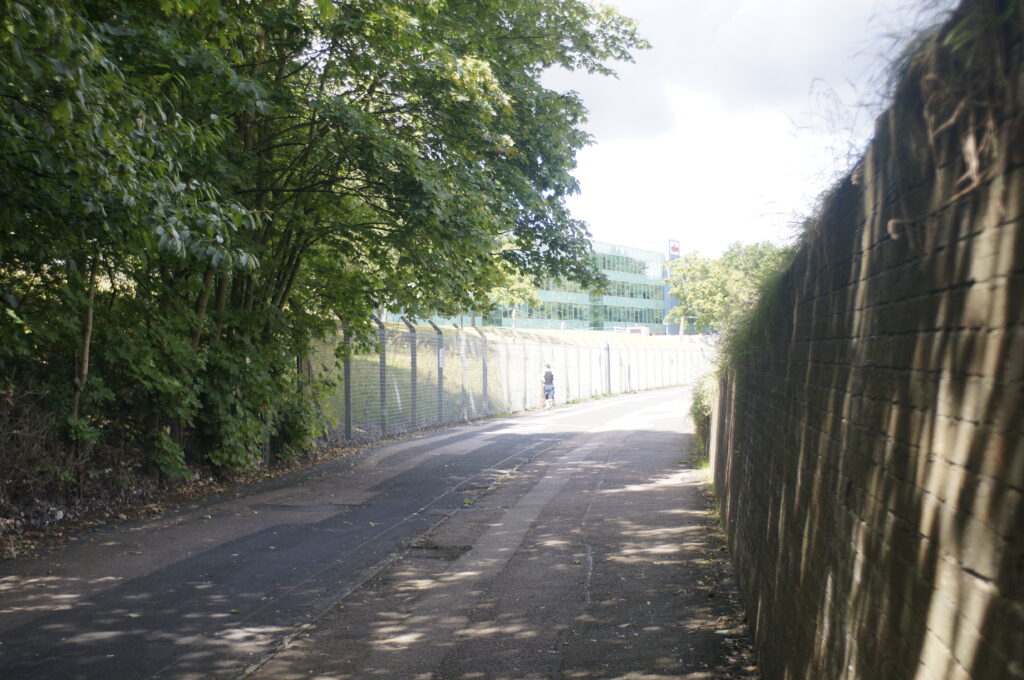
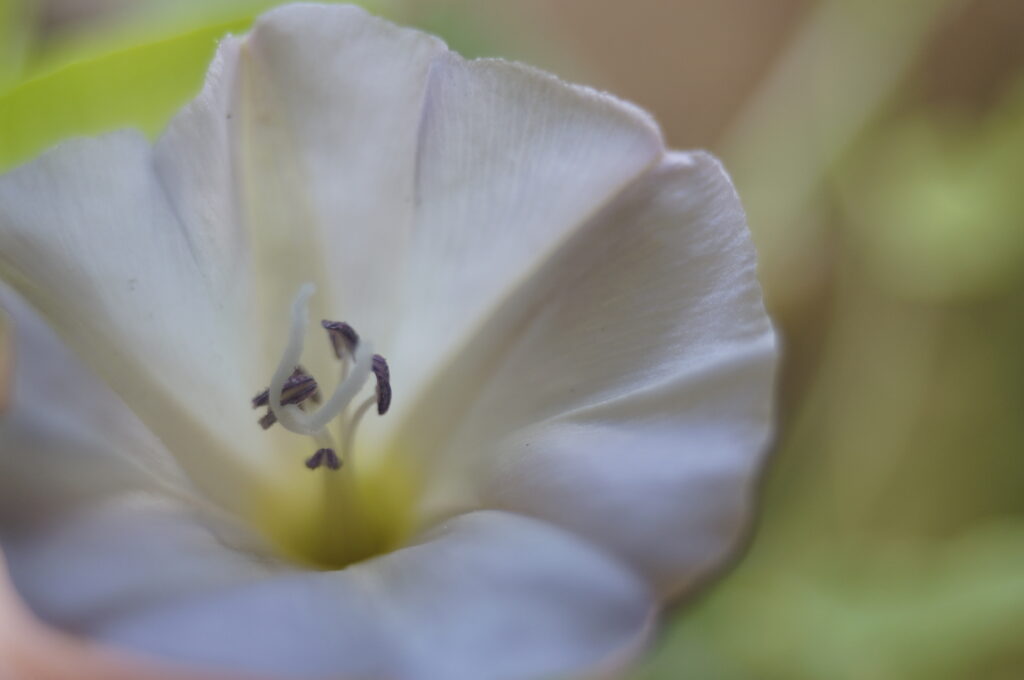




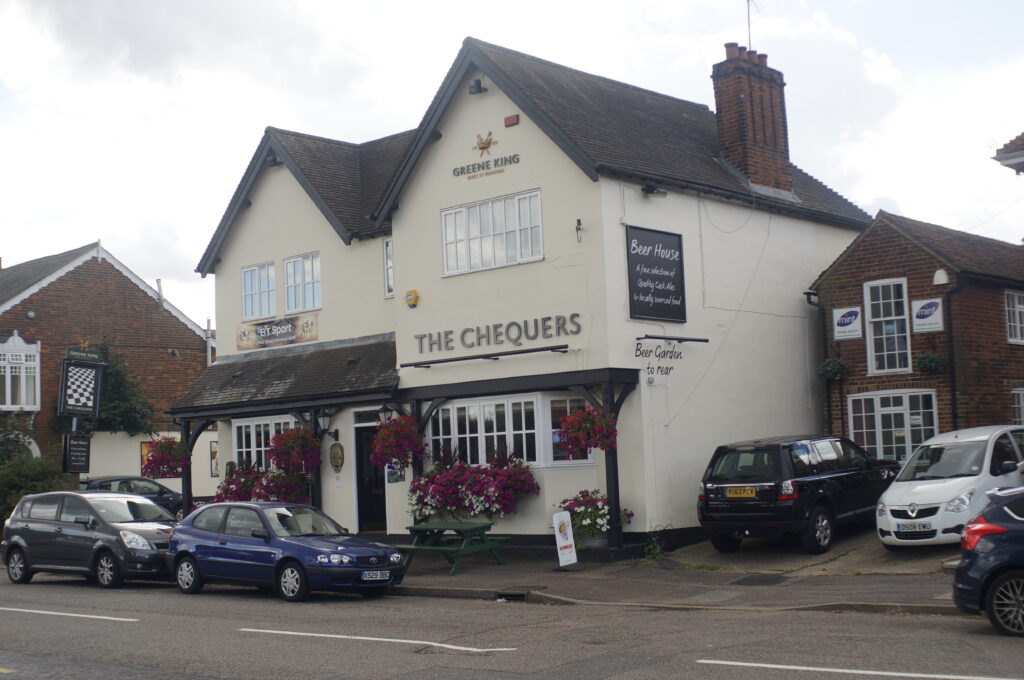
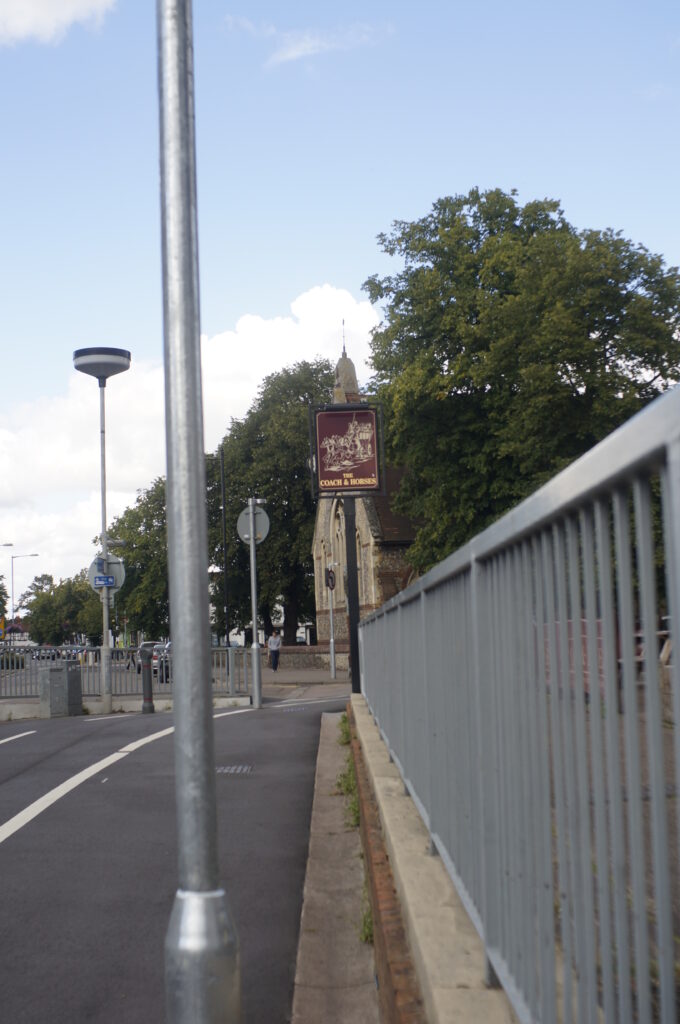
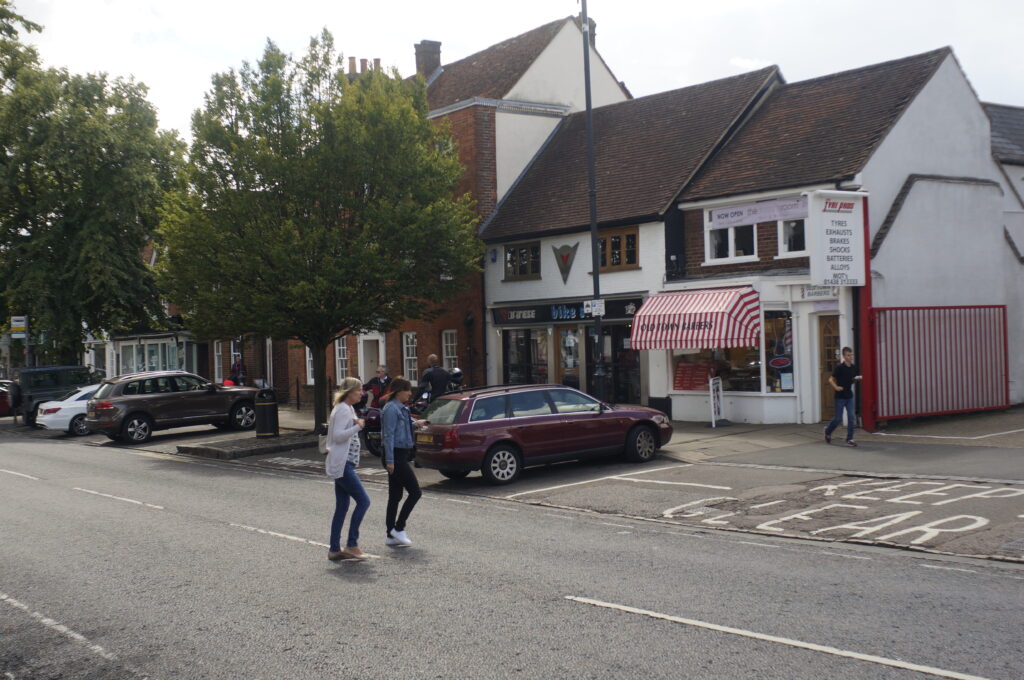

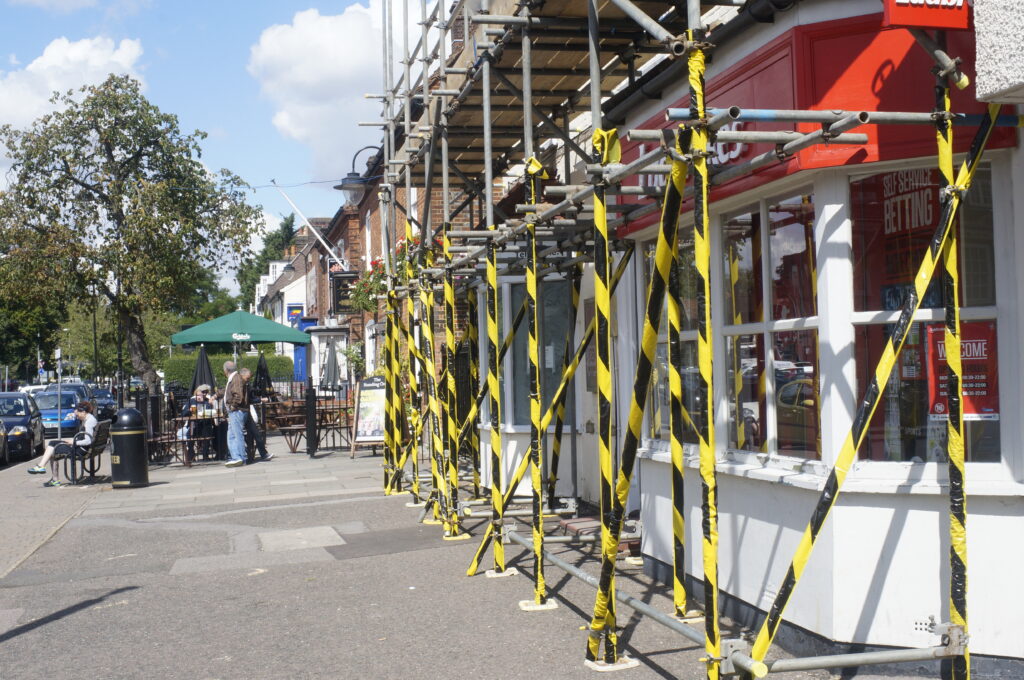
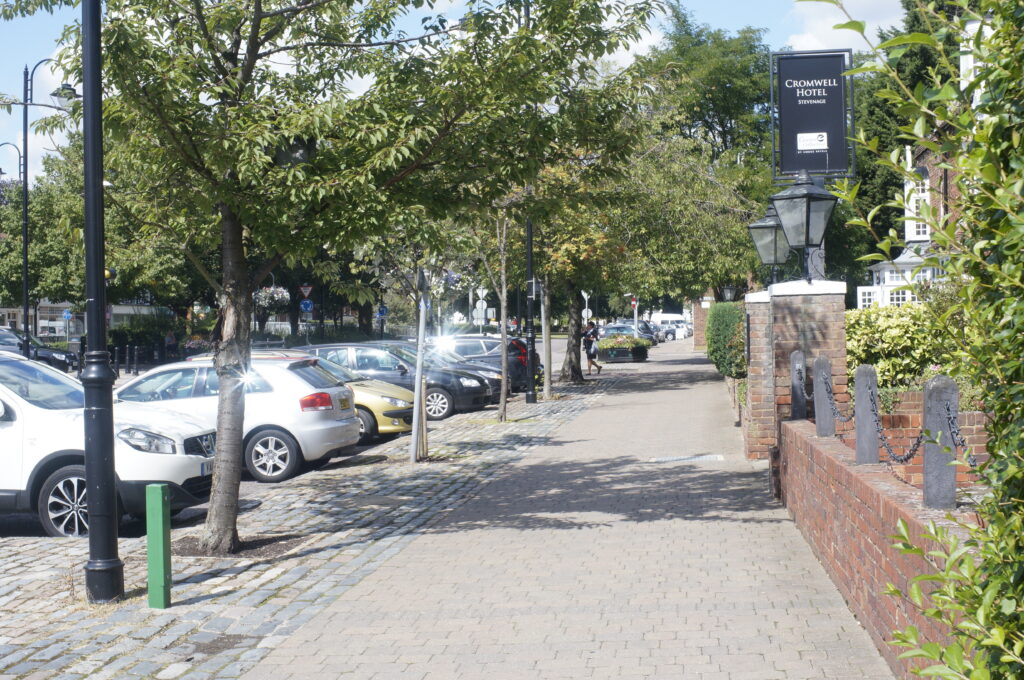
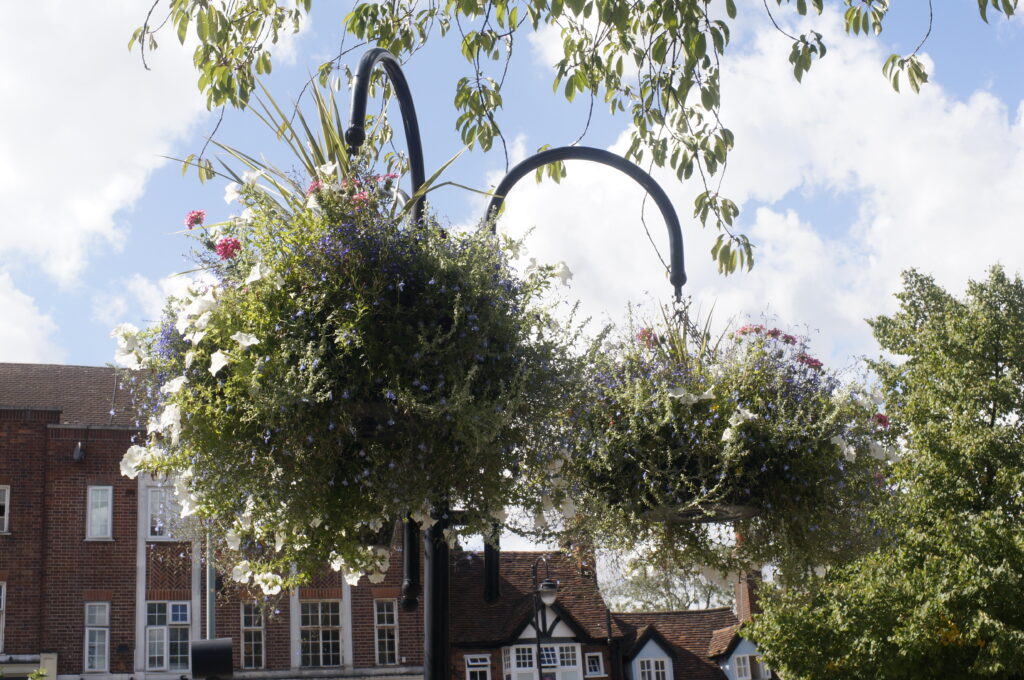
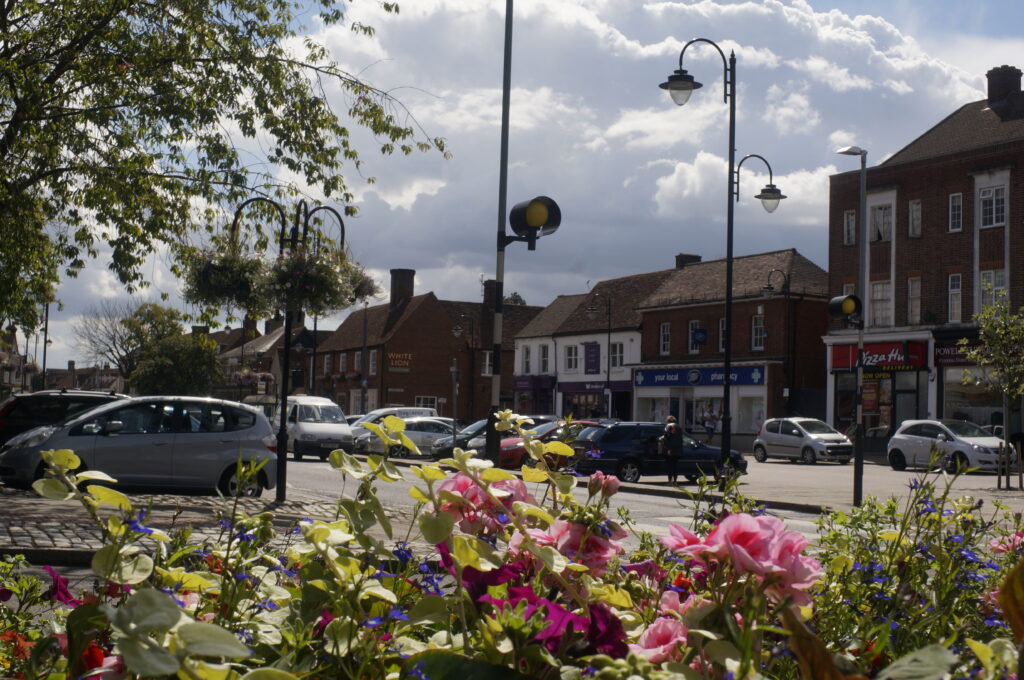
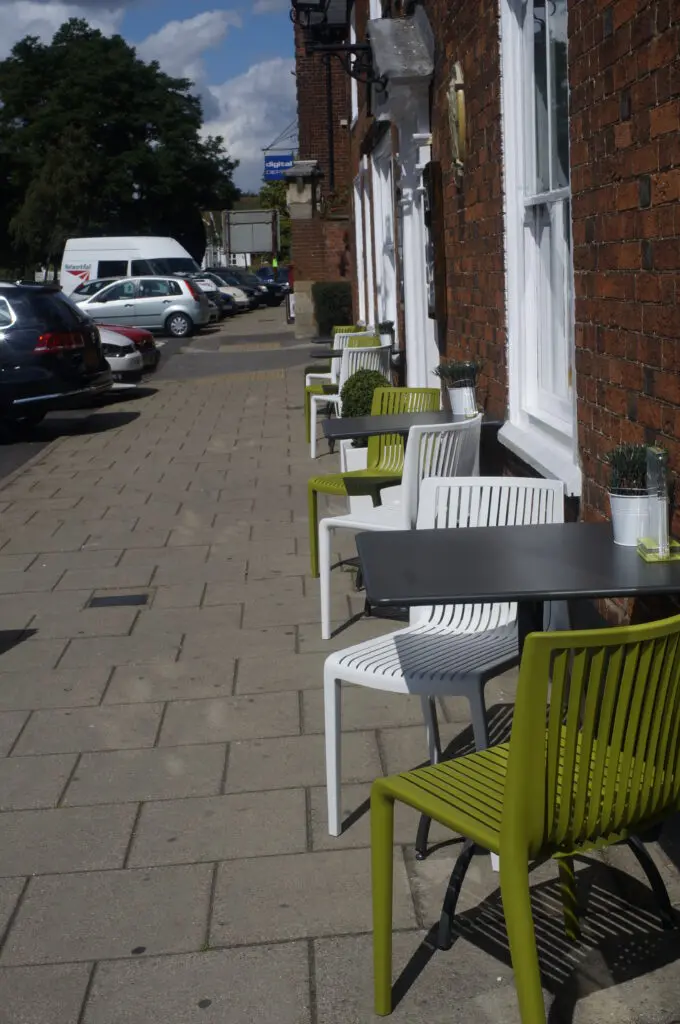
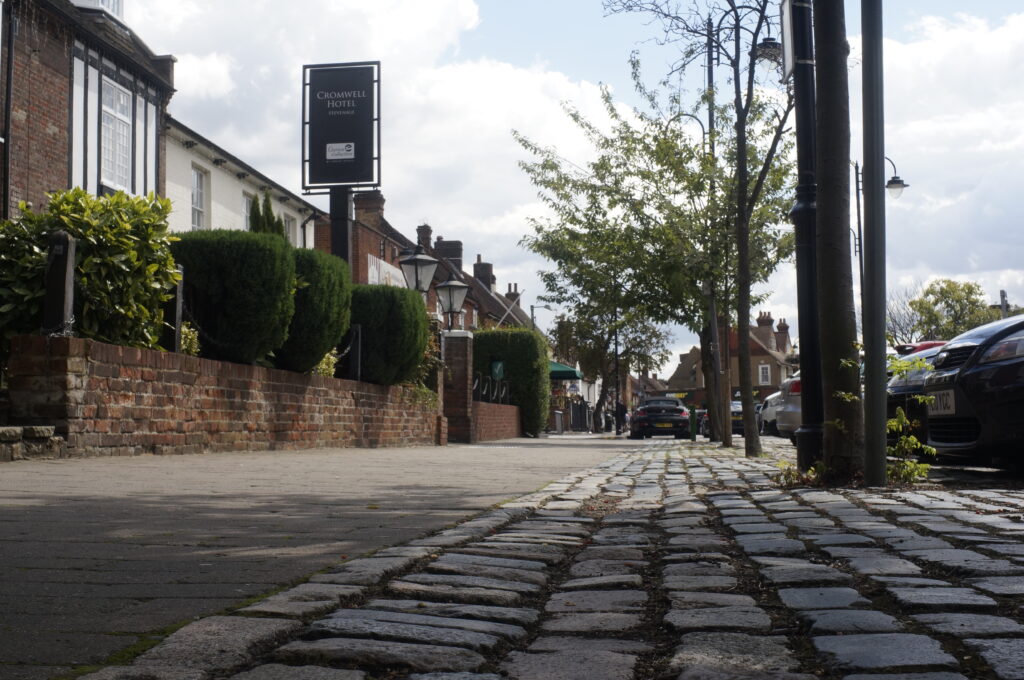
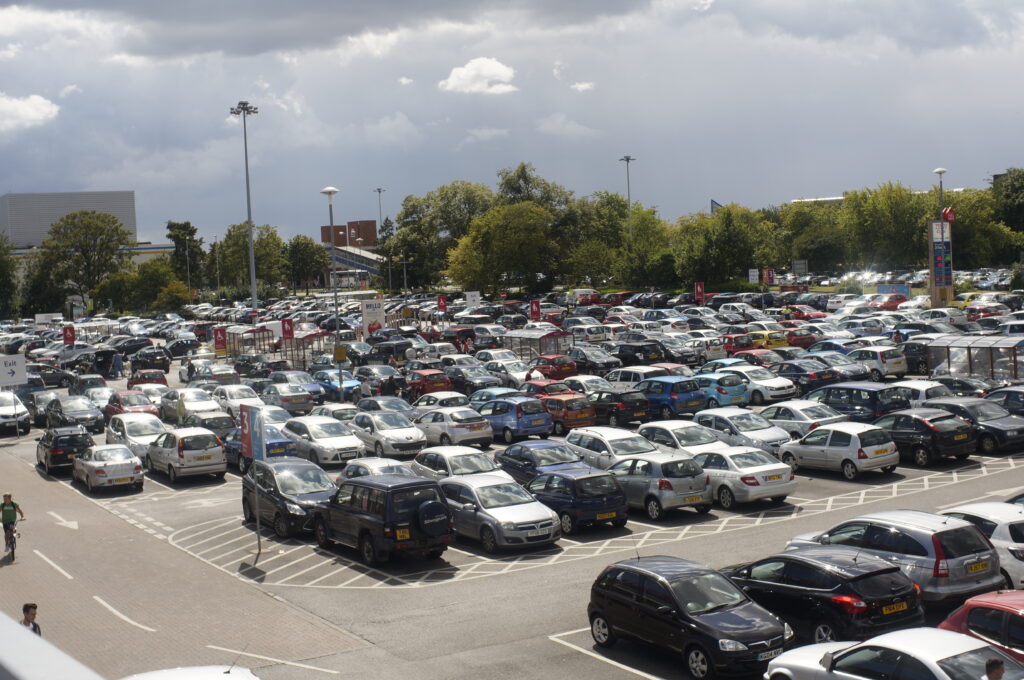




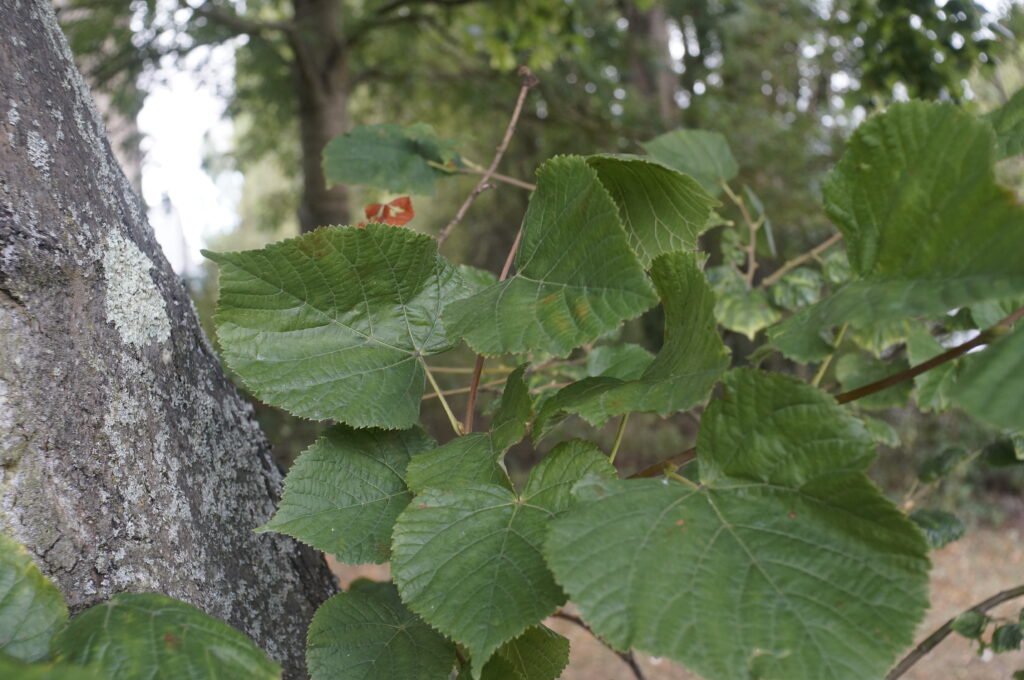
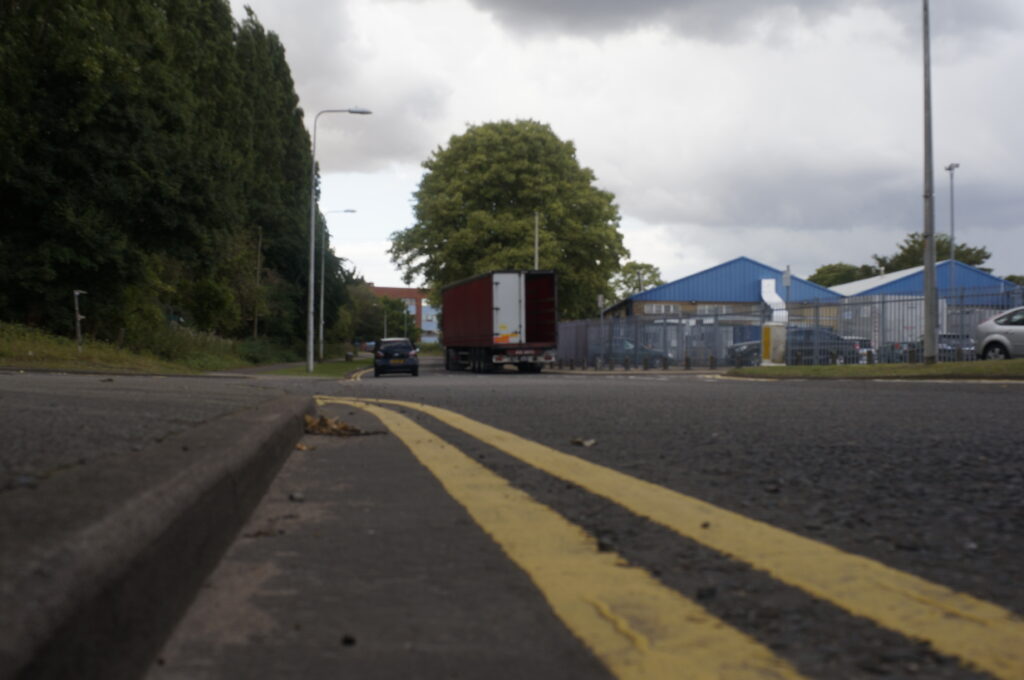

Discover more from Everything Vintage
Subscribe to get the latest posts sent to your email.

